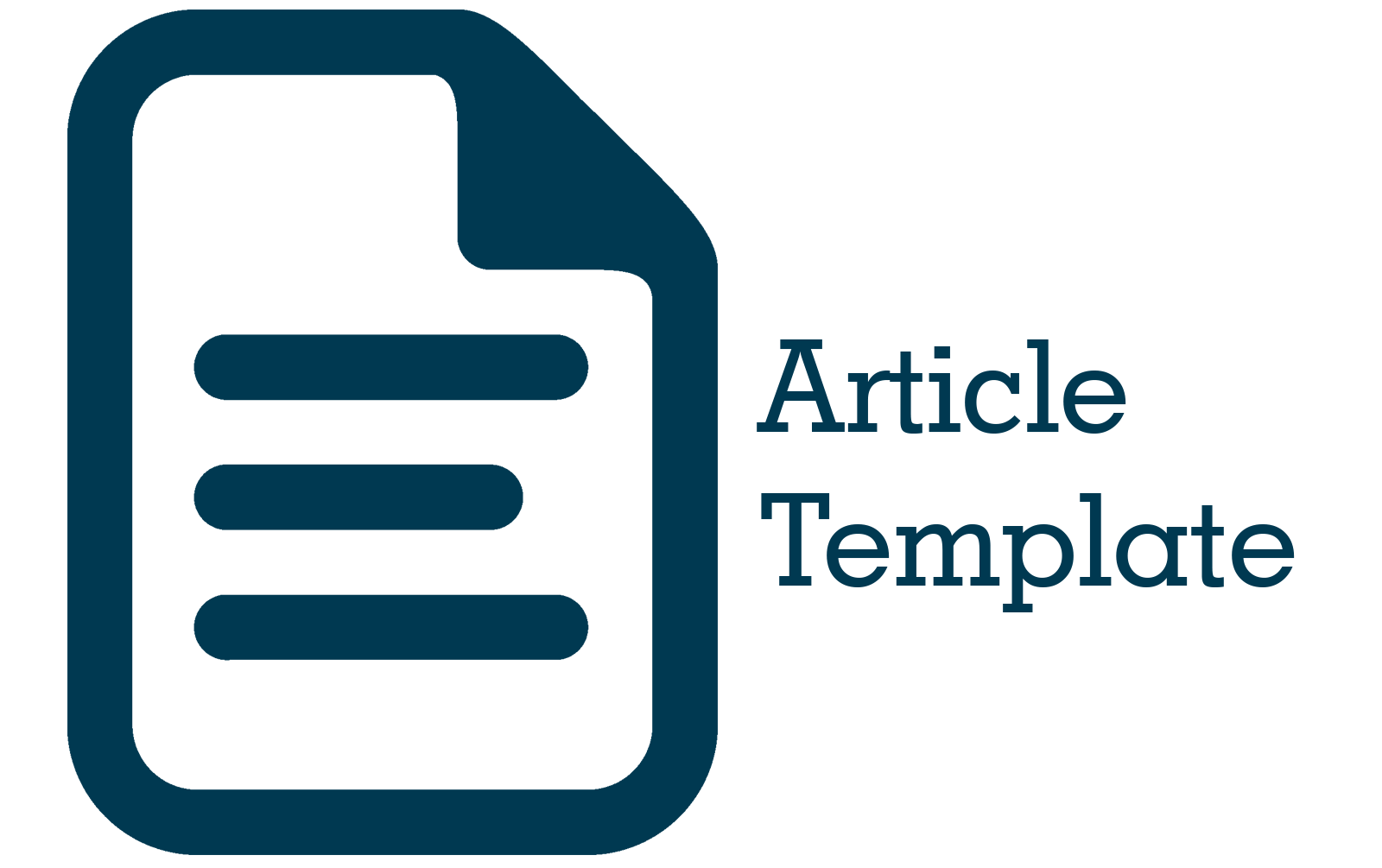Kontrol Diri sebagai Moderator pada Problematic Smartphone Use Terhadap Pelaku Phubbing
Abstract
Abstract. Phubbing is the behavior of focusing on a smartphone while interacting with others, thereby neglecting interpersonal communication. Problematic smartphone use (PSU), characterized by excessive and impulsive usage, significantly contributes to phubbing, often linked to weak self-control. This study aims to examine the effect of PSU on phubbing behavior and the moderating role of self-control. A quantitative research method with a causal approach was employed, using accidental sampling. The study involved 179 participants from the general public aged 18-25 years. Measurement tools included the Problematic Smartphone Use Scale, GSP, and a self-control scale. Data analysis using simple regression and MRA tests revealed a determination coefficient of 43% and a significance value of 0.000 < 0.05. These findings suggest that PSU positively influences phubbing behavior, meaning higher PSU levels correlate with increased phubbing. The MRA test results also showed a significant value of .000, indicating that self-control can moderate the relationship between PSU and phubbing. Higher self-control can reduce the impact of PSU on phubbing behavior, while lower self-control can exacerbate it.
Abstrak. Phubbing merupakan perilaku seseorang yang melihat atau sibuk menggunakan smartphone saat berbicara dengan orang lain sehingga mengabaikan komunikasi interpersonal. penggunaan smartphone yang bermasalah (PSU), seperti penggunaan yang berlebihan dan impulsif, memainkan peran penting dalam menyebabkan phubbing dan hal ini mungkin disebabkan oleh lemahnya kontrol diri Penelitian ini bertujuan untuk mengetahui pengaruh Problematic smartphone use terhadap pelaku phubbing dan kontrol diri sebagai moderator. Penelitian dilakukan dengan menggunakan metode penelitian kuantitatif dengan pendekatan kausal. Teknik sampling yang digunakan yaitu accidental sampling. Penelitian ini menggunakan alat ukur Problematic smartphone use, GSP dan kontrol diri. Partsipan penelitian ini 179 masyarakat umum yang berusia 18-25 tahun. Analisis yang digunakan adalah uji regresi sederhana dan uji MRA, diketahui nilai koefisien determinasi sebesar 43% dan nilai signifikasi sebesar 0.000 < 0.05. Hasil tersebut menunjukan bahwa Problematic smartphone use menjadi penyebab phubbing artinya semakin tinggi tingkat Problematic smartphone use yang dimiliki, maka akan semakin tinggi juga perilaku phubbingnya. Berdasarkan hasil uji MRA diketahui nilai sig uji MRA sebesar .000. Hasil tersebut menunjukkan bahwa variabel kontrol diri dapat memoderasi Problematic smartphone use terhadap pelaku phubbing. Artinya, kontrol diri yang tinggi dapat mengurangi Problematic smartphone use terhadap pelaku phubbing dan sebaliknya.
References
Al-Saggaf, Y., & O’Donnell, S. B. (2019). phubbing: Perceptions, reasons behind, predictors, and impacts. Human Behavior and Emerging Technologies, 1(2), 132–140. https://doi.org/10.1002/hbe2.137.
APJI. (2014). Profil pengguna internet Indonesia 2014. Jakarta. Pusakom UI
Ariyanti, E. O. (2023). Makna Perilaku phubbing di Kalangan Mahasiswa Universitas Sebelas Maret. 2 (11). https://stp-mataram.e- journal.id/JIH/article/view/2297
Asbury, E. T. (2016). Natives and immigrants: Closing the digital generation gap. Dalam Applied Cyberpsychology: Practical Applications of Cyberpsychological Theory and Research. Doi: 10.1057/9781137517036.
Badan Pusat Statistik Indonesia. (28 Juni 2024). Jumlah PendudukPertengahan Tahun. Diakses pada 26 Juli 2024, dari https://www.bps.go.id/id/statistics- table/2/MTk3NSMy/jumlah- pendudukpertengahan-tahun.html
Borba, M. (2008). Membangun kecerdasan moral, Tujuh kebajikan utama agar anak bermoral tinggi. Alih Bahaa: Lina Jusuf. Jakarta: PT.Gramedia Pustaka Utama.
Chóliz, M. (2010). Mobile phone addiction: a point of issue. Addiction, 105(2), 373-374.
Chotpitayasunondh, V., & Douglas, K. M. (2016). How “phubbing” becomes the norm: The antecedents and consequences of snubbing via smartphone. Computers in human behavior, 63, 9-18.
Chotpitayasunondh, V., & Douglas, K. M. (2018). Measuring phone snubbing behavior: Development and validation of the Generic Scale of Phubbing (GSP) and the Generic Scale of Being Phubbed (GSBP). Computers in Human Behavior, 88, 5–17. http://doi.org/10.1016/j.chb.2018.06.02
Chotpitayasunondh, V., & Douglas, K. M. (2018b). The effects of “phubbing” on social interaction. Journal of Applied Social Psychology, 48(6). Doi: 10.1111/jasp.12506
David, M., & Roberts, J. (2017). Phubbed and alone: phone snubbing, social exclusion, and attachment to social media. University of Chicago Press, 2(2), 155-163.doi: 10.1086/690940Dzar Nurul Halimah, & Nawangsih, E. (2021). Studi Deskriptif Mengenai Happiness pada Mahasiswa Pengguna Media Sosial di Kota Bandung. Jurnal Riset Psikologi, 1(1), 7–11. https://doi.org/10.29313/jrp.v1i1.87
Purnama, H., Wahyudi, H., & Suhana. (2023). Terapi Berbasis Internet Untuk Meningkatkan Self-Regulasi Pada Mahasiswa Dengan Internet Gaming Disorder. Jurnal Riset Psikologi, 1–8. https://doi.org/10.29313/jrp.v3i1.1704
Zamila, N., & Nugrahawati, E. N. (2023). Pengaruh Kepribadian (Five Factor Personality) terhadap Perilaku Cyberbullying pada Pengguna Media Sosial. Jurnal Riset Psikologi, 61–68. https://doi.org/10.29313/jrp.v3i1.2060











